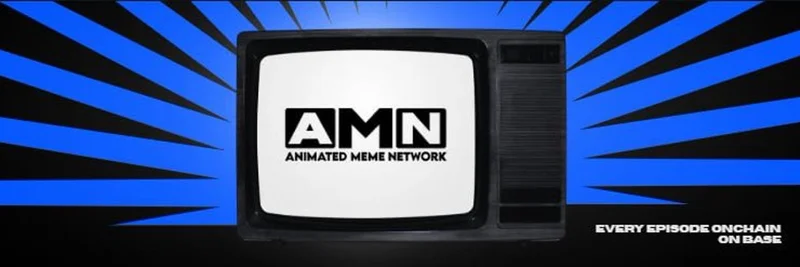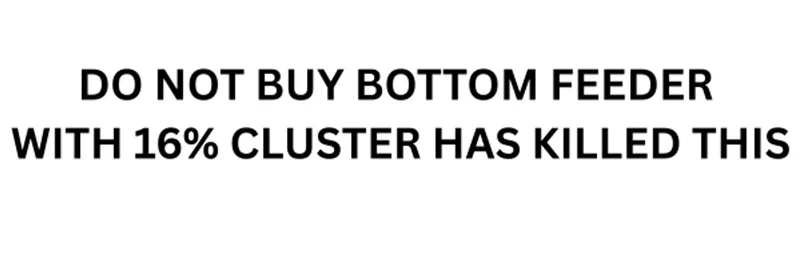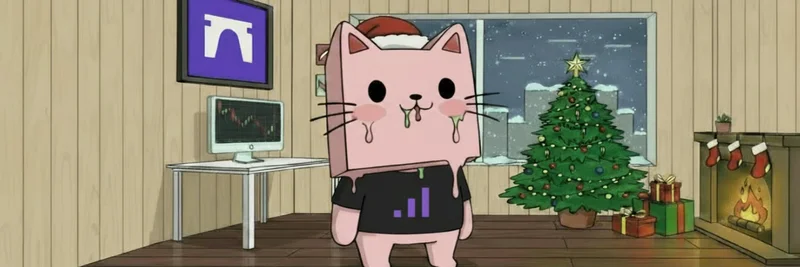In the fast-evolving world of blockchain, new concepts and implementations pop up regularly, shaping how we think about decentralized networks. Recently, a thought-provoking tweet from Token Terminal caught my eye, suggesting that TRON might be the first successful example of an appchain. If you're scratching your head wondering what an appchain is, don't worry—I'll break it down step by step.
Token Terminal, a go-to source for crypto fundamentals, highlighted some impressive stats on total value locked (TVL) across major blockchains. TVL, for the uninitiated, measures the total amount of assets deposited into applications on a blockchain—think of it as a gauge of economic activity and user trust in the ecosystem.
According to their data, applications on Ethereum hold a whopping $330 billion in user assets. That's no surprise, given Ethereum's status as the granddaddy of smart contract platforms. In comparison, TRON boasts $82 billion, and Solana comes in at $34 billion. These figures represent the sum of funds locked into dApps (decentralized applications) on each chain.
What Makes TRON an Appchain Pioneer?
The real kicker in Token Terminal's analysis is the idea of TRON as an "appchain." An appchain is essentially a blockchain dedicated to a single application or use case, optimizing everything around that core function. In TRON's case, the spotlight is on Tether's USDT stablecoin, which accounts for the lion's share of the chain's activity.
USDT, the world's most popular stablecoin pegged to the US dollar, has found a cozy home on TRON due to its low fees and high throughput. This focus on one dominant use case—stablecoin transfers and holdings—has propelled TRON's TVL to impressive heights, outpacing even speed demon Solana in this metric.
Comparing the Giants: Ethereum vs. TRON vs. Solana
Let's dive a bit deeper into these numbers. Ethereum's $330 billion TVL reflects its diverse ecosystem, from DeFi protocols like Uniswap to NFT marketplaces and beyond. It's a general-purpose chain hosting thousands of apps.
TRON, on the other hand, thrives on efficiency for everyday transactions, particularly in emerging markets where cheap, fast transfers are king. With USDT driving most of the action, it's a prime example of specialization paying off.
Solana, known for its blistering speeds and low costs, sits at $34 billion. While it's gaining traction in areas like memecoins and high-frequency trading, it hasn't yet matched TRON's stablecoin dominance.
Implications for the Future of Blockchain
If TRON is indeed the blueprint for successful appchains, we might see more chains doubling down on niche strengths. This could lead to a more fragmented but efficient blockchain landscape, where users pick chains tailored to their needs rather than one-size-fits-all solutions.
For meme token enthusiasts here at Meme Insider, keep an eye on how these dynamics play out. Platforms like Solana have become hotbeds for viral memecoins, but TRON's stability could attract more serious liquidity, potentially spilling over into fun, community-driven projects.
What do you think— is TRON setting the standard for appchains, or is this just the beginning of a bigger trend? Drop your thoughts in the comments, and stay tuned for more insights on the crypto world.
.*** .webp)



